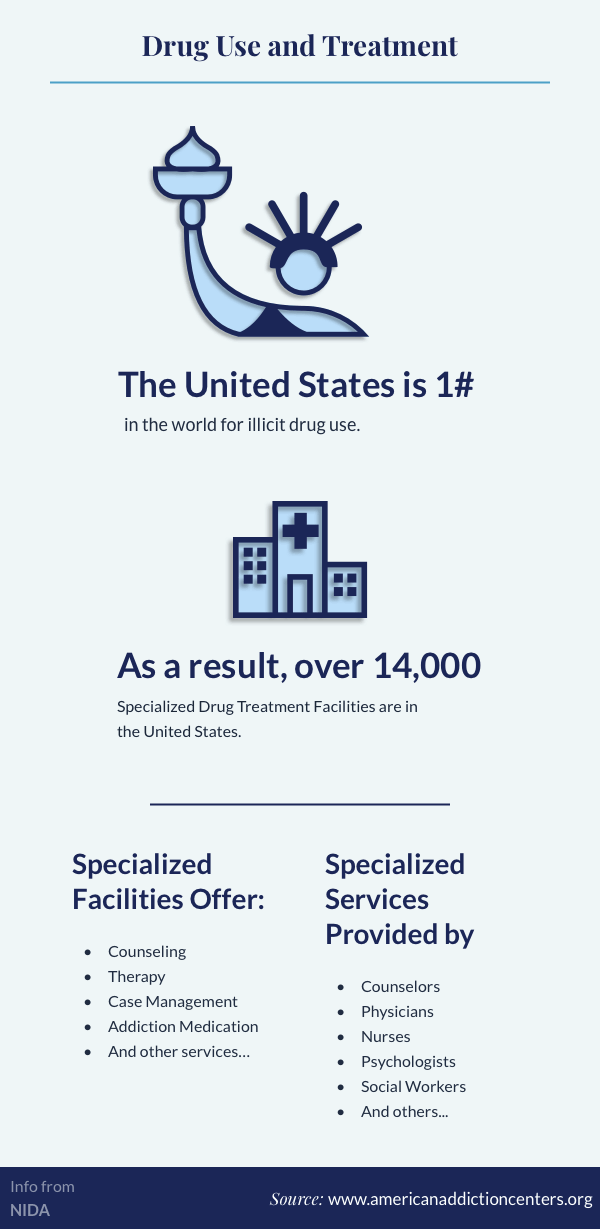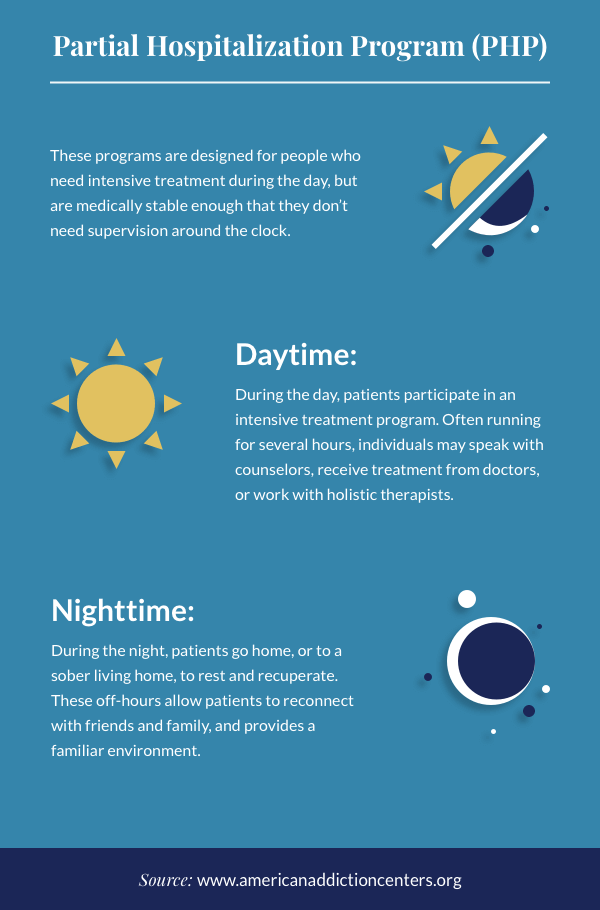Physical dependence can take place with the routine (day-to-day or nearly day-to-day) use of any compound, legal or illegal, even when taken as recommended. It happens because the body naturally adjusts to routine exposure to a substance (e. g., caffeine or a prescription drug). When that substance is eliminated, (even if originally prescribed by a doctor) symptoms can emerge while the body re-adjusts to the loss of the compound.
Tolerance is the need to take greater dosages of a drug to get the same effect. how to overcome drug addiction. It typically accompanies dependence, and it can be tough to differentiate the 2. Addiction is a chronic condition characterized by drug looking for and utilize that is compulsive, despite unfavorable effects. Almost all addicting drugs straight or indirectly target the brain's benefit system by flooding the circuit with dopamine.
When triggered at regular levels, this system rewards our natural habits. Overstimulating the system with drugs, however, produces impacts which highly reinforce the behavior of drug usage, teaching the individual to duplicate it. The preliminary choice to take drugs is generally voluntary. However, with continued usage, an individual's capability to put in self-discipline can end up being seriously impaired - how to explain drug addiction to a child.

Researchers believe that these changes change the way the http://stephennoto680.over-blog.com/2021/04/some-ideas-on-how-to-get-help-for-drug-addiction-without-insurance-you-should-know.html brain works and may help explain the compulsive and devastating behaviors of a person who ends up being addicted. Yes. Addiction is a treatable, chronic condition that can be handled effectively. Research reveals that combining behavioral therapy with medications, if available, is the finest way to guarantee success for most clients.
Getting The How To Treat Drug Addiction To Work
Treatment methods must be customized to attend to each client's drug use patterns and drug-related medical, psychiatric, environmental, and social issues. Regression rates for patients with substance use disorders are compared with those experiencing high blood pressure and asthma. Relapse is typical and similar throughout these health problems (as is adherence to medication).
Source: McLellan et al., JAMA, 284:16891695, 2000. No. The chronic nature of addiction implies that falling back to drug usage is not just possible however likewise most likely. Regression rates resemble those for other well-characterized chronic medical illnesses such as high blood pressure and asthma, which also have both physiological and behavioral elements.

Treatment of persistent illness involves altering deeply imbedded habits. Lapses back to substance abuse suggest that treatment needs to be reinstated or changed, or that alternate treatment is required. No single treatment is right for everyone, and treatment companies should pick an ideal treatment plan in consultation with the private patient and should think about the patient's distinct history and situation.
The rate of drug overdose deaths including synthetic opioids besides methadone doubled from 3. 1 per 100,000 in 2015 to 6. 2 in 2016, with about half of all overdose deaths being connected to the artificial opioid fentanyl, which is low-cost to get and contributed to a range of illicit drugs.
Top Guidelines Of What Part Of The Brain Controls Drug Addiction
If opium were the only drug of abuse and if the only kind of abuse were one of habitual, compulsive use, conversation of addiction may be an easy matter. But opium is not the only drug of abuse, and there are probably as numerous type of abuse as there are drugs to abuse or, certainly, as possibly there are persons who abuse.
Bias and lack of knowledge have actually resulted in the labelling of all usage of nonsanctioned drugs as dependency and of all drugs, when misused, as narcotics. The ongoing practice of dealing with dependency as a single entity is determined by customized and law, not by the truths of addiction. The custom of corresponding drug abuse with narcotic dependency originally had some basis in truth.
Then numerous alkaloids of opium, such as morphine and heroin, were separated and introduced into usage. Being the more active principles of opium, their addictions were just more extreme. Later on, drugs such as methadone and Demerol were manufactured however their impacts were still adequately comparable to those of opium and its derivatives to be consisted of in the older concept of dependency.
Then came various tranquilizers, stimulants, brand-new and old hallucinogens, and the various mixes of each. At this moment, the unitary factor to consider of addiction ended up being untenable. Legal efforts at control frequently required the inclusion of some nonaddicting drugs into old, established categoriessuch as the practice of calling marijuana a narcotic. Problems likewise arose in trying to expand addiction to consist of habituation and, finally, substance abuse.
Allen Who Has A Drug Addiction Problem Things To Know Before You Get This
Raw opium. Erik Fenderson Common mistaken beliefs worrying drug dependency have actually traditionally caused bewilderment whenever serious attempts were made to separate states Check out the post right here of addiction or degrees of abuse. For several years, a popular misconception was the stereotype that a drug user is a socially unacceptable wrongdoer. The carryover of this conception from decades previous is simple to understand however not very easy to accept today.
Many compounds can acting on a biological system, and whether a specific compound becomes thought about a drug of abuse depends in large procedure upon whether it can generating a "druglike" impact that is valued by the user. Hence, a substance's characteristic as a drug is imparted to it by use.
The exact same might be extended to cover tea, chocolates, or powdered sugar, if society wished to use and consider them that method. The task of defining addiction, then, is the job of having the ability to distinguish between opium and powdered sugar while at the very same time having the ability to accept the reality that both can be based on abuse.
This kind of recommendation would still leave unanswered various concerns of availability, public sanction, and other considerations that lead people to value and abuse one type of result instead of another at a specific moment in history, but it does a minimum of acknowledge that drug addiction is not a unitary condition.
About Which Is A Recovery Program For People With A Drug Addiction?
Some understanding of these physiological effects is essential in order to value the difficulties that are come across in attempting to consist of all drugs under a single definition that takes as its model opium. Tolerance is a physiological phenomenon that needs the individual to use increasingly more of the drug in repeated efforts to achieve the very same effect.
Although opiates are the model, a wide range of drugs elicit the phenomenon of tolerance, and drugs vary considerably in their capability to develop tolerance. Opium derivatives rapidly produce a high level of tolerance; alcohol and the barbiturates a really low level of tolerance. Tolerance is characteristic for morphine and heroin and, subsequently, is considered a primary characteristic of narcotic addiction.
This phase is quickly followed by a loss of impacts, both Drug Rehab Center wanted and undesirable. Each brand-new level rapidly minimizes effects up until the private reaches a really high level of drug with a correspondingly high level of tolerance. People can end up being nearly totally tolerant to 5,000 mg of morphine each day, although a "regular" scientifically reliable dose for the relief of discomfort would fall in the series of 5 to 20 mg.
Tolerance for a drug may be totally independent of the drug's ability to produce physical reliance. There is no wholly acceptable explanation for physical dependence. It is thought to be related to central-nervous-system depressants, although the difference in between depressants and stimulants is not as clear as it was as soon as thought to be.